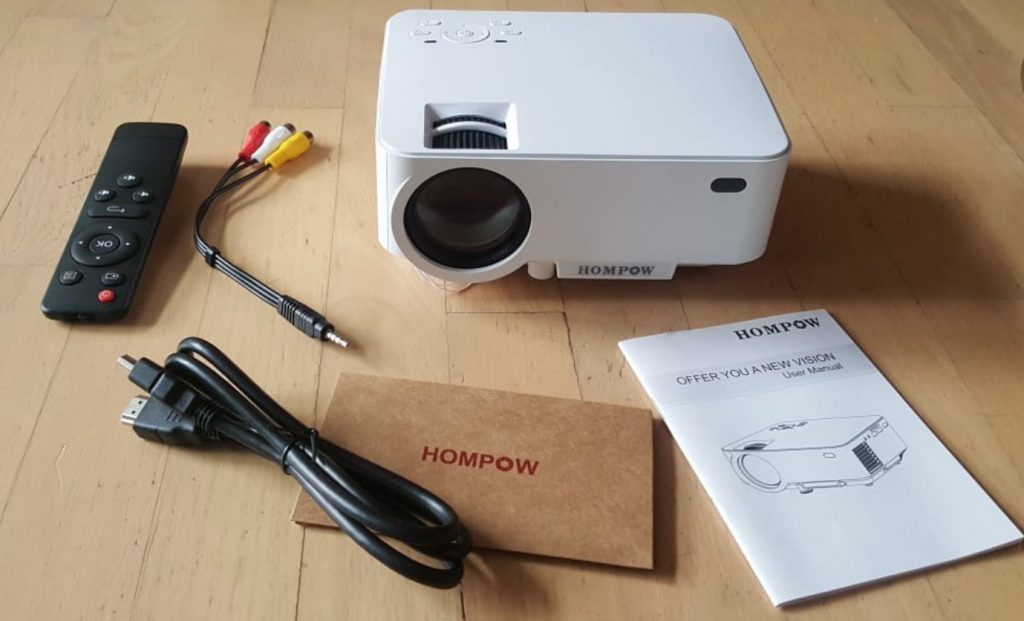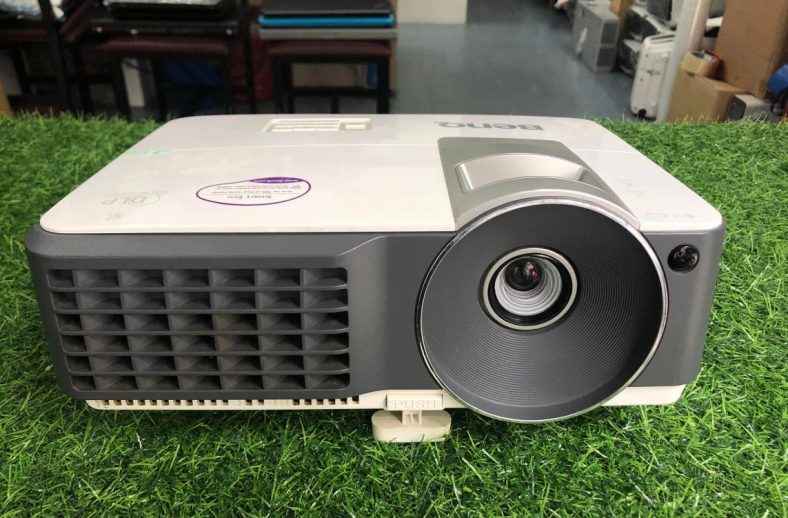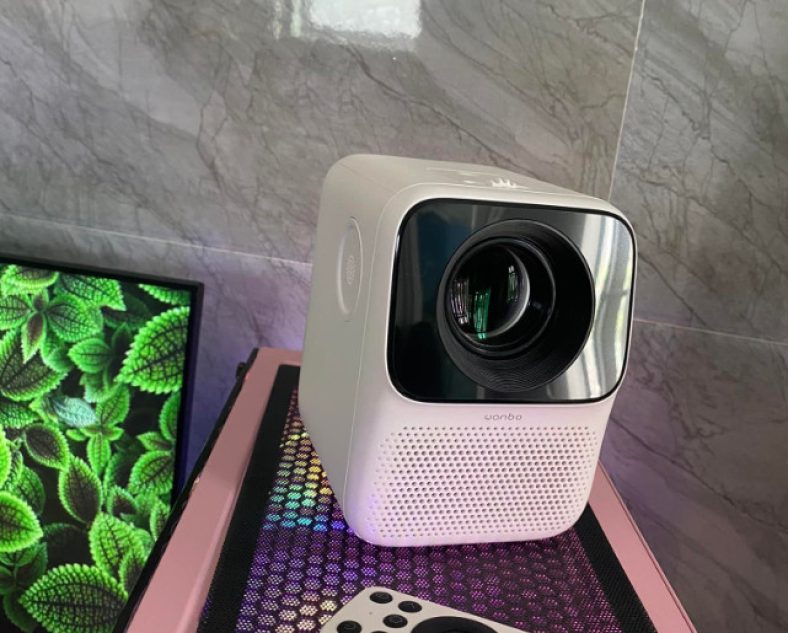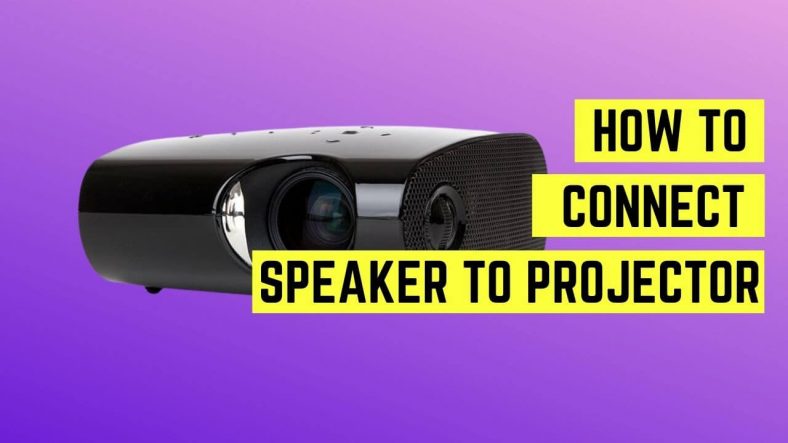
DLP vs. 3LCD Projectors: How many differences can you tell?
If you’ve been looking for the best projection for your home theater setup, you’ve most likely come across two basic options: DLP vs. 3LCD projectors.
The main difference between the two projectors is that 3LCD models have more brightness for the same power and are less expensive, whilst DLP models have better image quality and color.
Both have their advantages and disadvantages. So, keep reading to discover which is perfect for you.
Table of Contents
What Is A DLP Projector?
Digital Light Processing (DLP) projectors employ a digital micromirror device (DMD) chip. This chip has over two million micromirrors to display pictures.
These models have grown in popularity for various applications, including office presentations, schooling, and home media.
Although LCD is one of the more common projection technologies, DLP projectors continue to dominate the sector and have an ideal sales rate.
What is a 3LCD Projector?
The 3LCD is an upgraded version of the LCD (liquid crystal display) projector. Although this technology seems outdated, it is nevertheless one of the most reliable.
The great color production and outstanding picture detailing are two main factors why most customers select this projector model.
Even though the technology is more than three decades old, the 3LCD’s capacity to provide optimum brightness levels without spending massive power is excellent.
Differences Between DLP VS 3LCD Projectors
Both products are popular in the protection industry. If you want to determine the better, consider their image quality, convergence, rainbow effect, and input lag.
Image quality
There are no significant differences in picture quality between the devices if you choose one with a resolution of 1080p or higher and a brightness of 3000 lumens.
If you’re deciding between DLP and 3LCD 4K projectors, the formers are the better choice because they’re significantly more widely available.

Convergence
Convergence arises when colors combine to create the visuals you see on your display.
Mirrors in DLPs with one or three chips in higher-end units reflect colors. Meanwhile, LCD projectors employ crystal panels to magnify colors.
When you have a convergence problem, the images you see will be blurry and imprecise, as if you look through a filthy glass window.
Since single-chip DLPs work with only one chip, there is nothing to collide. As a result, you won’t experience any convergence problems.
Because one panel or chip may be out of range, it can affect the entire image. Hence, 3-chip DLPs and LCDs may face convergence issues over time.
You can learn some tips to deal with these problems right here.

Rainbow effect
The influence of a rainbow effect in the earlier technology is the most significant distinction between 3LCD and one-chip DLPs.
The wheel’s rainbow effect can create a rainbow rim around on-screen elements, especially when they act swiftly or if you tilt your head too rapidly while watching the monitor.
The color wheel causes the DLP projector to overlap each picture’s red, blue, and green layers thousands of times a second, which is normally too quick for the eye to see.
This problem may be a significant disadvantage of DLP projectors. Hence, it’s a good idea to try your targeted product at the store before buying it.
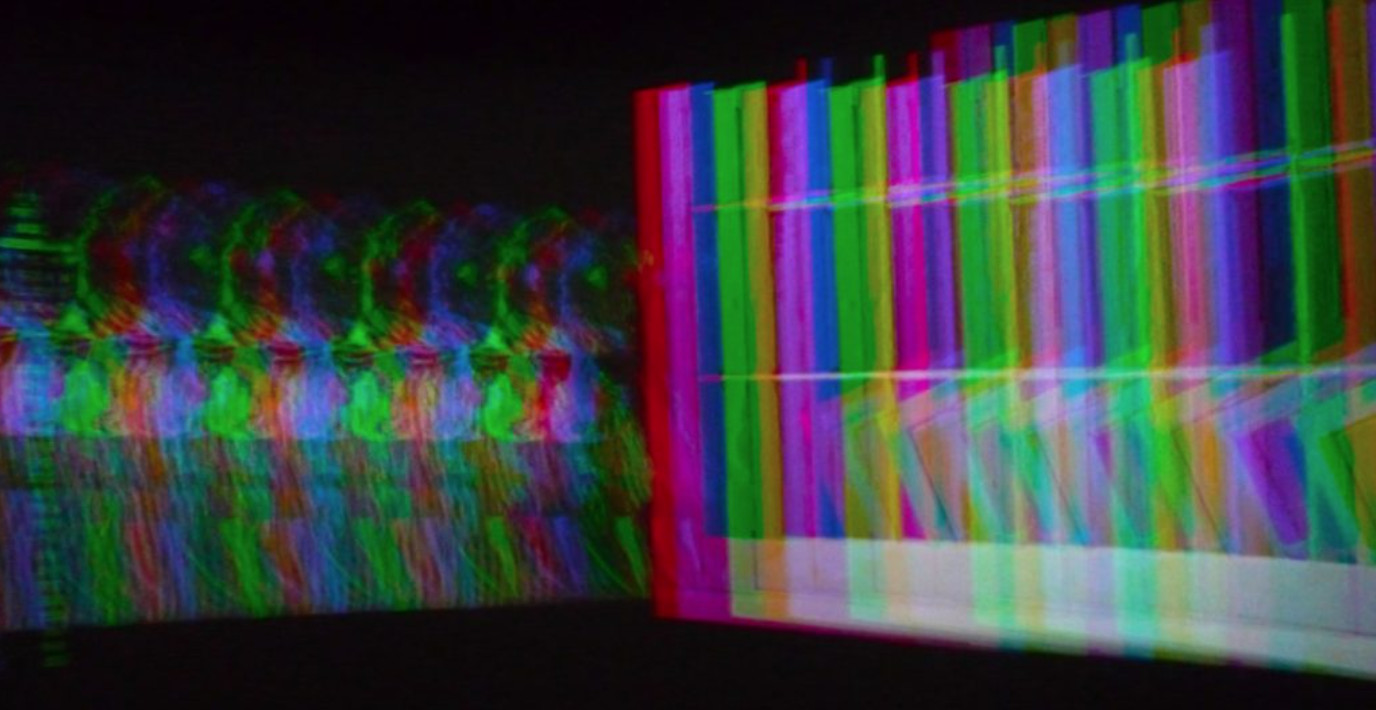
Input lag
Input lag time is critical for all projectors, especially when playing games or watching movies. Although the extent of the delay varies, DLPs have a longer lag time than LCDs in general.
The refresh rate is also important. It would be best to look for a product with a high refresh rate, particularly a 120-Hz frequency.
However, the LCD is the better option when choosing between a 120-Hz LCD and a 120-Hz DLP.
Because the colors move directly from the crystals instead of a chip going through mirrors, there is a minimum time delay with a 3LCD model.
Meanwhile, if you are confused between a 60-Hz LCD and a 120-Hz DLP, the DLP should be your way to go since it offers a higher speed and can handle indirect color conversion.
Comparison Table
| Criteria | DLP | 3LCD |
| Image quality | Good (depending on the resolution) | Good (depending on the resolution) |
| Convergence | Lesser | More often |
| Rainbow effect | More often | Lesser |
| Input lag | Longer | Faster |
Pros And Cons Of 3LCD And DLP Projectors
Every product comes with its own set of pros and cons. Consider both sides, and you can expect what to get from each.
DLP
Pros:
- Vivid and crisp pictures
- Less light loss
- Less convergence
- No shadows
Cons:
- The restricted number of pixels
- Rainbow effect
- Longer input lag
3LCD
Pros:
- Precise images and color
- Higher brightness
- Less rainbow effect
- Faster input lag
Cons:
- More convergence
- Old technology
What Should You Choose?
Projectors with 3LCD tech are generally less expensive than DLP models and are better suited to beginners and business applications.
Because of its greater light production, 3LCD is better in brighter environments, making it ideal for conference rooms and similar settings.
If you have a home cinema where you don’t have much control over the illumination, this technology is the best option.
On the other hand, when it comes to balancing efficiency and pricing, DLP is a decent option, yet 3-chip DLP is superior in terms of picture quality.
The use of three different DMD chips eliminates the requirement for a color wheel since each chip only processes green, blue, or red colors.
Final Verdict
In conclusion, 3LCD technology is the best for bright settings, while the DLP, especially the three-chip version, works perfectly in color accuracy.
It would be best to make your decision based on your requirements. If you have any questions about this topic, please feel free to ask.
Thank you for reading!

